I’ve been energized by the enthusiasm for this super-cool rubric (evaluation tool) for peer, self, and even teacher evaluation form for speeches and oral presentations.
So I wanted to follow it up with another tool I’ve just created for use with my own students: a rubric for peer, self, and teacher evaluation for students’ writing (fiction or non-), for use in our new “writer’s workshop”.
It’s roughly appropriate for grades 4-6, complete with Lego minifigure clip art! There are two per page. I laminate these for reuse with dry- or wet-erase markers.
The evaluation is also designed to be applicable alongside any writing program, including 6 and 6+1 Trait Writing.
It was created in tandem by a writer and a teacher, each with more than a decade of varied experience–though you’re welcome to add feedback below to help make these resources more helpful for all of us.*
I’m grateful to you, educators, as you diligently seek to shape our children into even better communicators and thinkers!
Of course, though I haven’t printed it on the page, I ask you to respect my copyright–and if you would, please link back to my blog when you share these with others. (Please do share it if you like it!)
CLICK HERE FOR YOUR FREE PRINTABLE DOWNLOAD!
LIKE THESE? CLICK HERE FOR MORE FREEBIES!
Never miss a freebie! Can I invite you to subscribe?
*I don’t address spelling in this document, more from a philosophical standpoint, as I’ve come to understand my son’s dysgraphia and all the types of intelligence included in spelling.
I treat spelling as a separate subject since so many students feel overwhelmed and discouraged with the number of skills involved in getting thoughts on paper. Feel free to tell your students to include spelling under item 4.
I’ve also been asked about the inclusion of cliches in item 5. I canvassed a number of documents on the web to form a comprehensive checklist, and one wisely included this point. In short, some of the best writing advice I’ve remembered is from E.M. Forster, who wrote that good writing is surprising yet convincing.
As I writer, I believe writing without cliches begins to help our kids to write in fresh ways as an extension of higher-order thinking: How can I demonstrate clear, fresh thinking that I own, which isn’t just regurgitating what I’ve heard?
One more tip. Remember some of the best writers, like Hemingway, communicated at a fourth-grade level. Don’t let sentences overloaded with adverbs or adjectives, length, or big vocabulary words distract students from clear, thoughtful writing. (Stephen King recommends writers use “said” rather than fluffy, distracting verbs.)
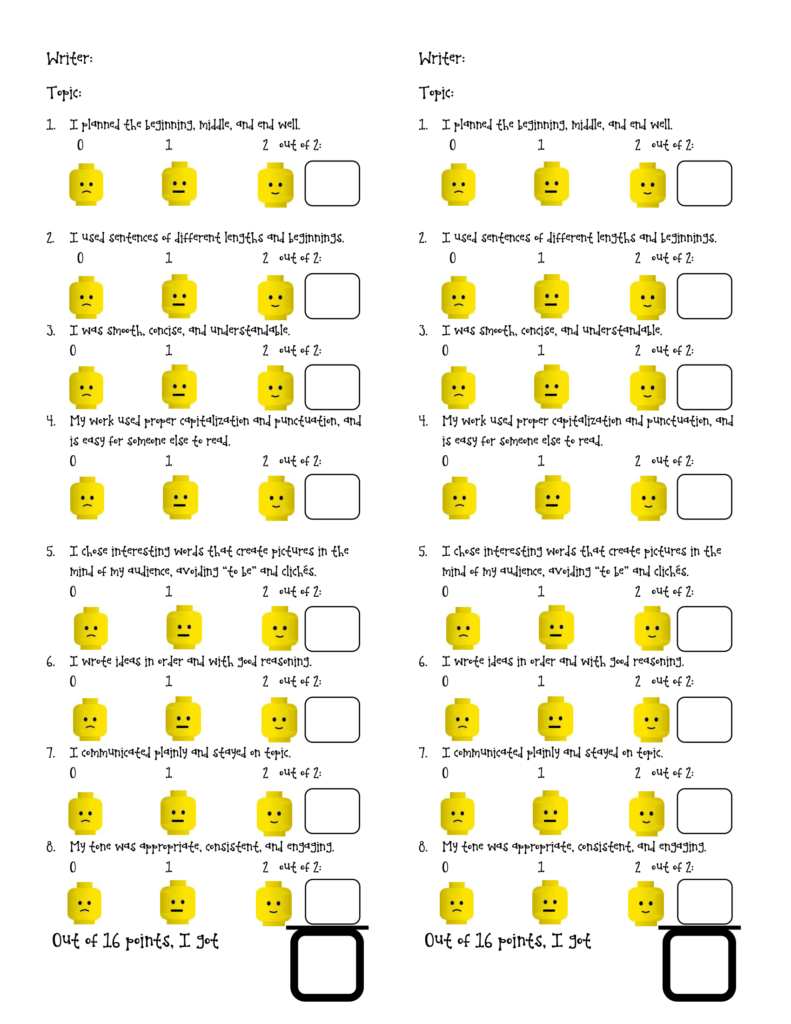
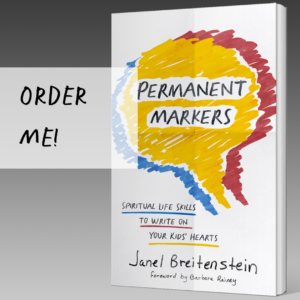
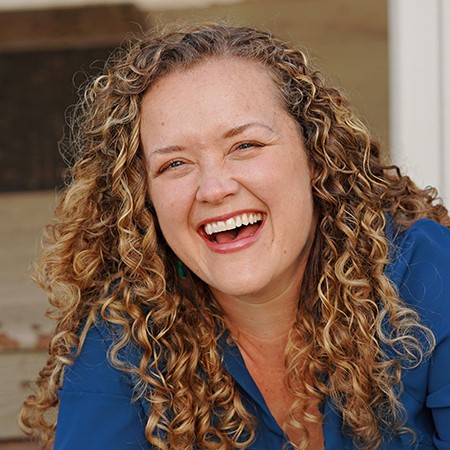


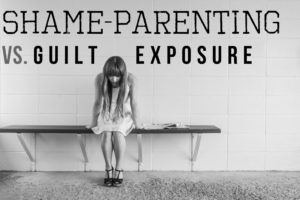
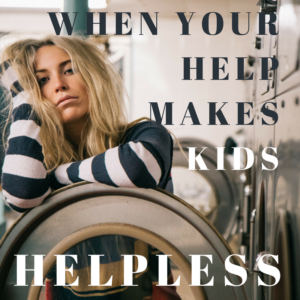


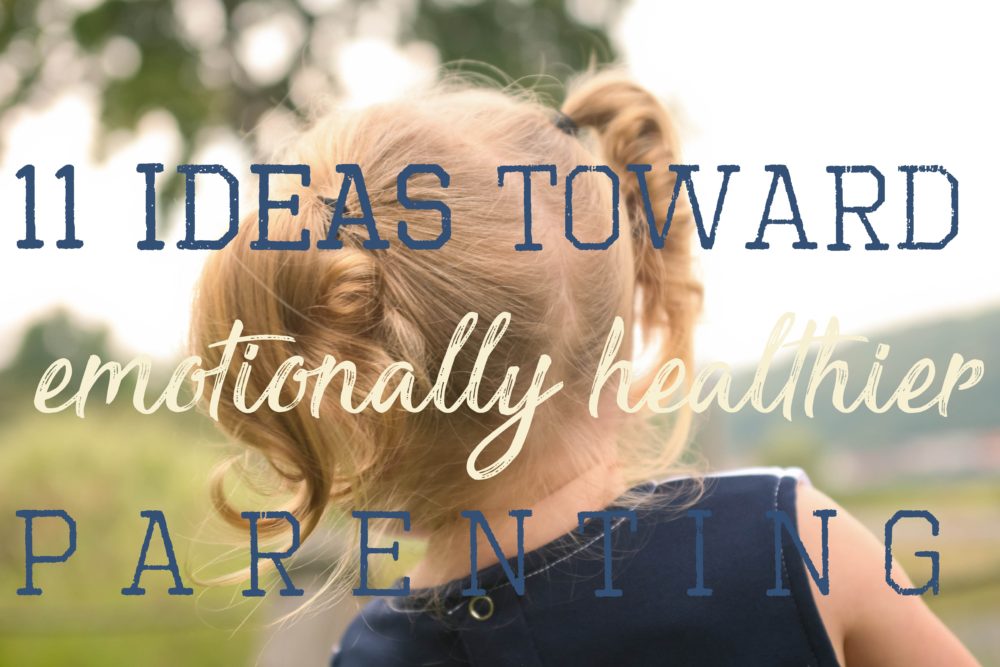

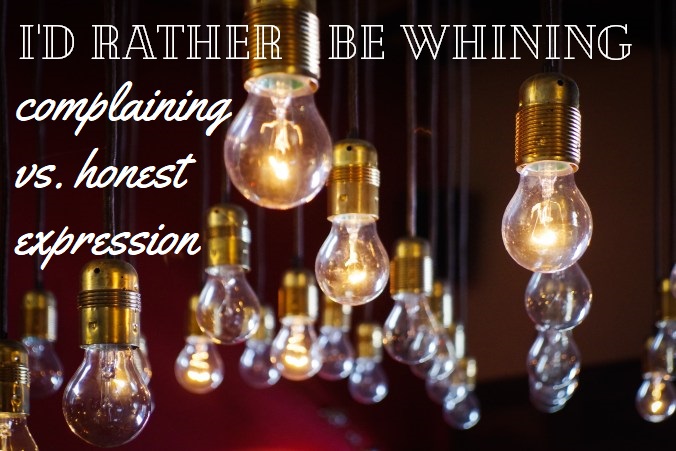

![Now You're Speaking My [Love] Language Now You're Speaking My [Love] Language](https://www.janelbreitenstein.com/wp-content/uploads/2015/08/love-languages-text-1.jpg)





Leave a Reply